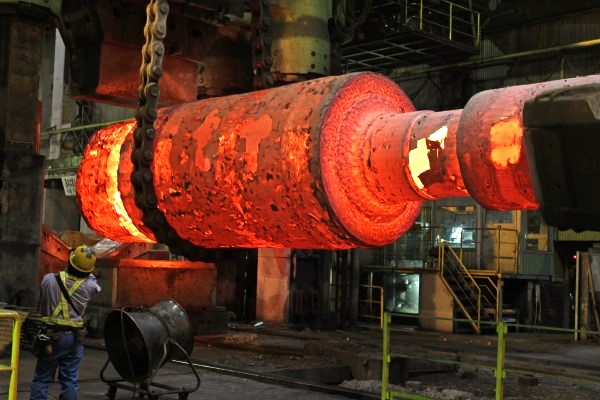On February 12, Sun-Lux, a plastic lens manufacturer, and the Japan Atomic Energy Agency (JAEA) announced their production of a shape-retaining polymer using irradiation cross-linking technology.
It was also announced that, for the first time, the polymer would become an experimental school teaching material to help students understand the effects of radiation. The teaching materials will be marketed in April by a manufacturer in the field.
When polymers such as resins and plastics are irradiated, some of their molecules are ionized, making them more readily able to combine with other molecules, creating bonds that link one polymer chain to another (cross-linking).
Cross-linked polymers have a reticulate, mesh-like structure. The chemical reactions in radiation crosslinking can enhance such properties of polymeric materials as their strength and heat resistance, making the technique useful in many industries.
Products include wire and cable coverings, heat-shrinkable tubing, and radial tires for vehicles — items common and convenient in our daily lives.
The teaching materials use polycaprolactone resin (PCL), which is a biodegradable resin. There are two types: (1) radiation cross-linked PCL, which has acquired shape-retention properties, and (2) non-cross-linked PCL. The PCL resin without cross-linking melts in warm water, becoming liquid at about 60 degree C.
Meanwhile, the cross-linked resin does not melt in warm water, but softens and can be stretched. Returned to room temperature, it hardens into its new shape. When placed again in warm water, it softens and returns to its original shape. Students will be able to observe that transformation.











